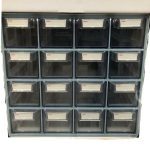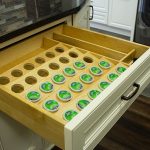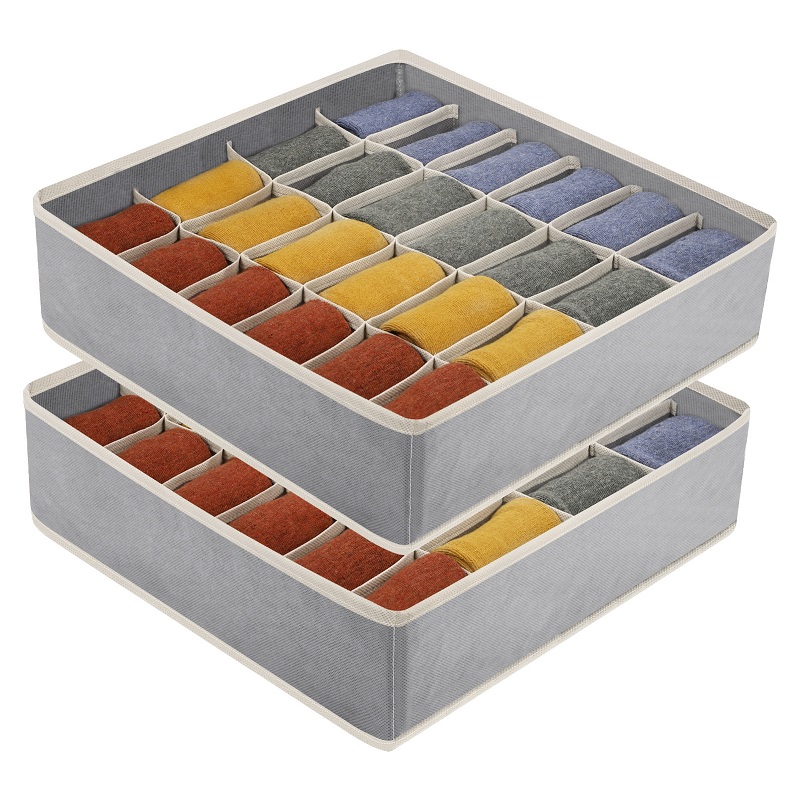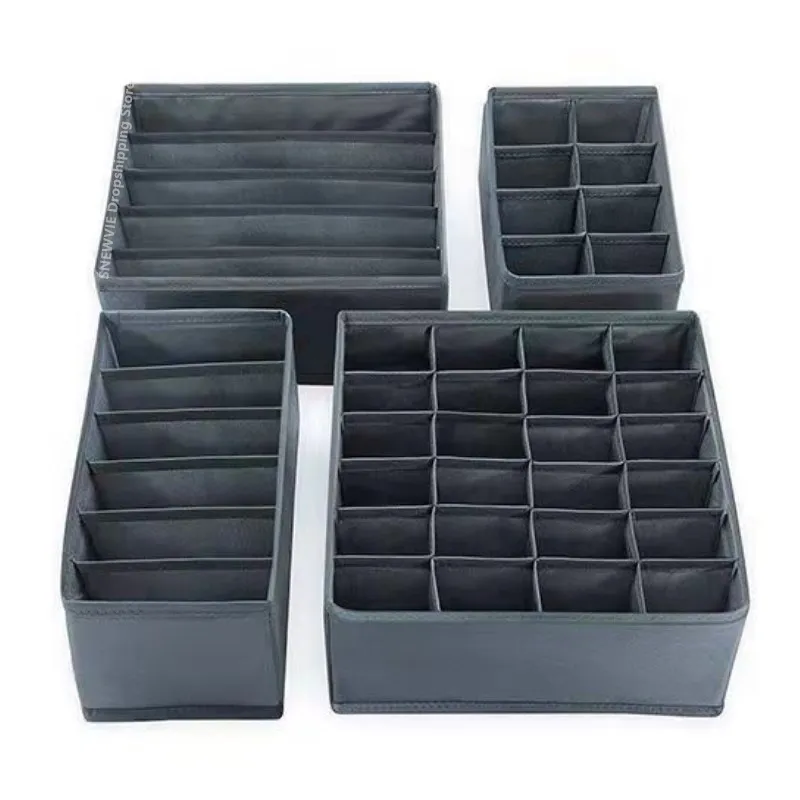Introduction: Embracing Creativity with DIY Phone Cases
In a world flooded with generic phone accessories, adding a personal touch to your smartphone can be a refreshing way to express your creativity. Crafting your own homemade phone case not only allows you to customize your device but also provides a sense of satisfaction and uniqueness. In this guide, we’ll explore creative DIY ideas for making your own phone case, using various materials and techniques to suit different tastes and preferences.
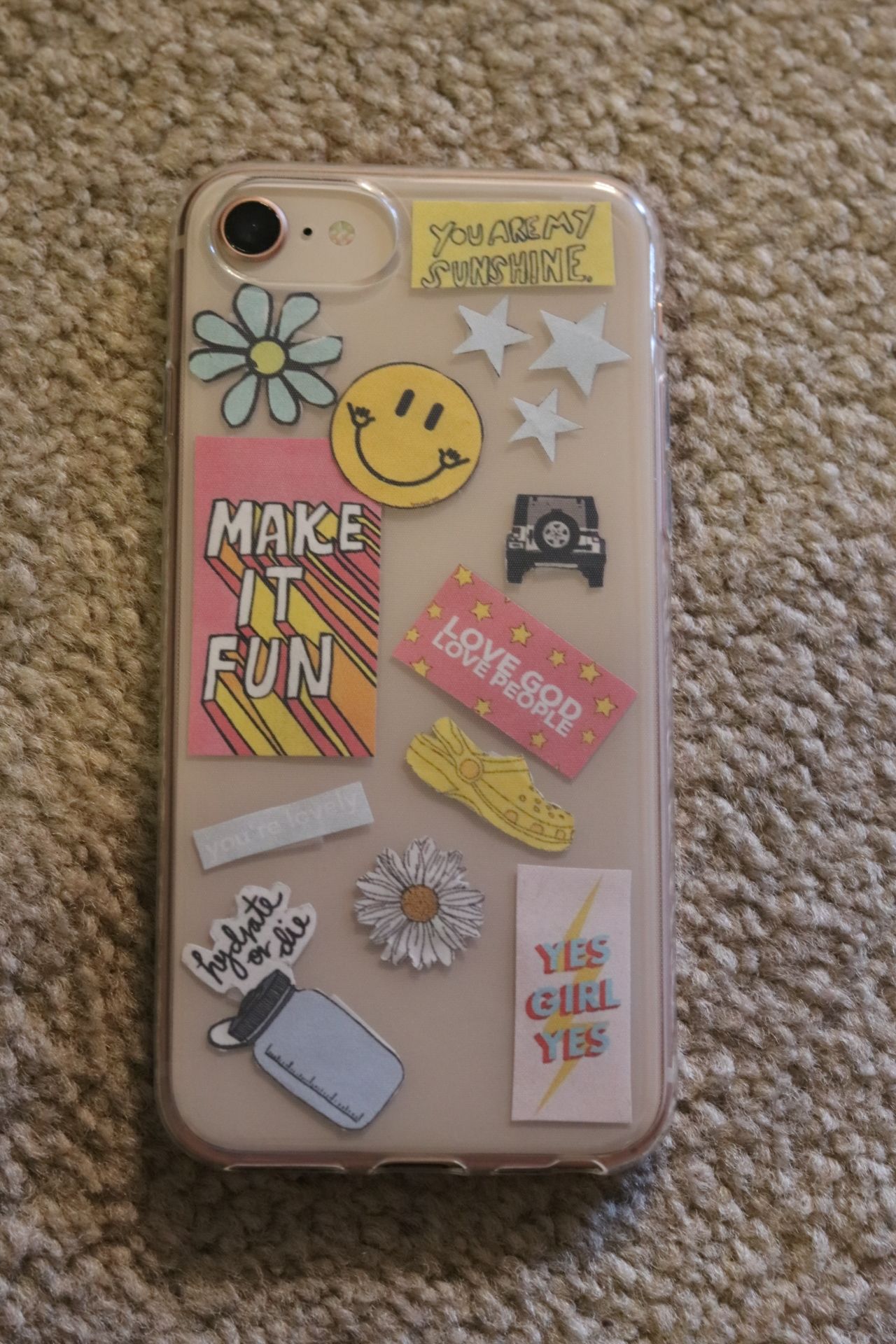
Choosing the Right Base: Materials for DIY Phone Cases
The first step in crafting your homemade phone case is selecting the right base material. While traditional options like plastic or silicone are readily available, consider exploring alternative materials for a more unique and personalized touch.
- Wood: Wood offers a natural and rustic aesthetic, making it an excellent choice for DIY phone cases. You can use thin wooden panels or veneers to create a sleek and stylish case, or experiment with wood carving and pyrography for intricate designs and patterns.
- Fabric: Fabric phone cases are not only stylish but also offer additional grip and protection for your device. Choose your favorite fabric pattern or design and use it to cover a basic phone case, or sew a custom fabric pouch to hold your phone securely.
- Leather: Leather phone cases exude elegance and sophistication, adding a touch of luxury to your device. You can create a simple leather sleeve or opt for more elaborate designs with embossed patterns or stitched detailing.
- Recycled Materials: Get creative with recycled materials such as old denim jeans, vinyl records, or even cardboard packaging. Transforming everyday items into unique phone cases not only reduces waste but also adds character and personality to your device.
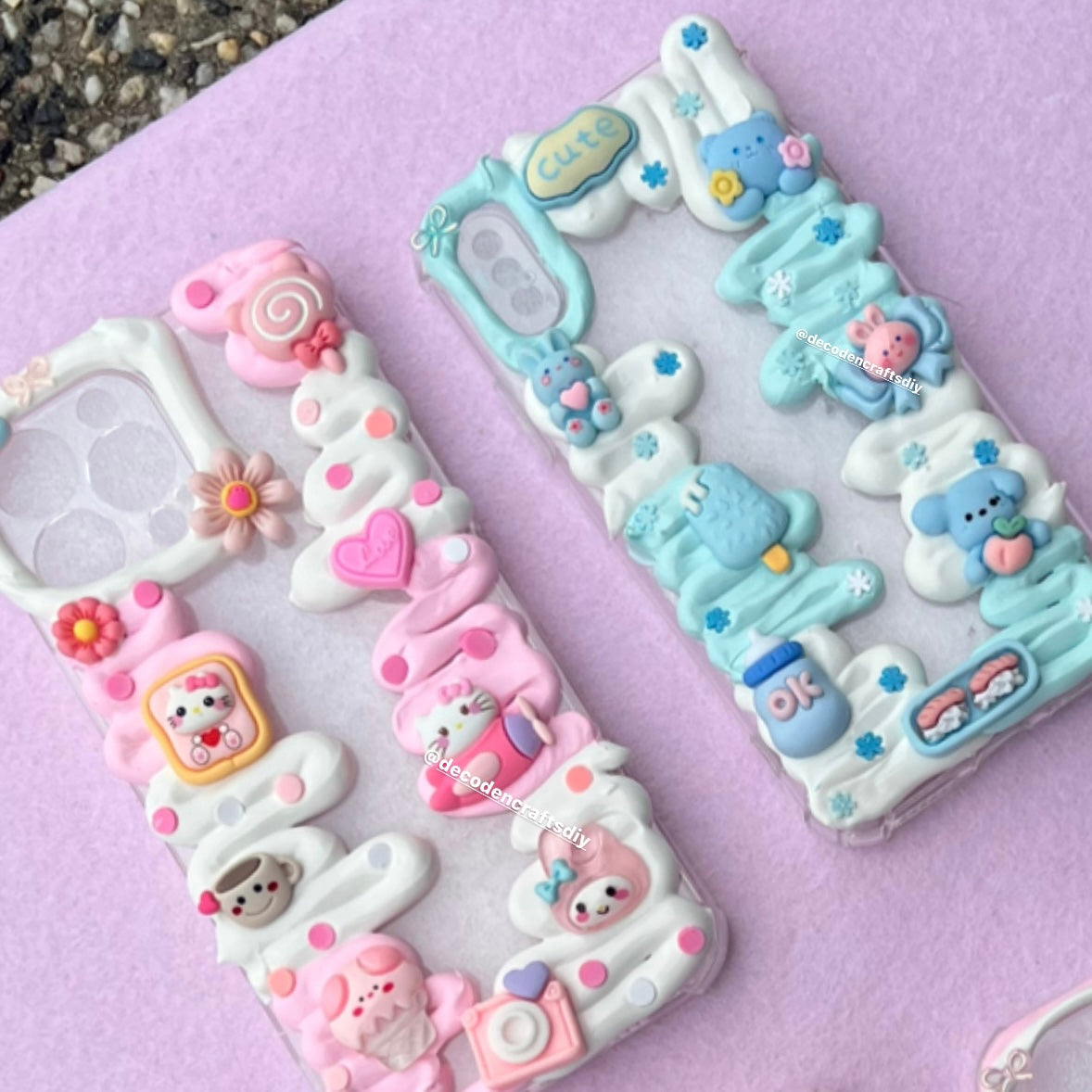
Personalizing Your Design: DIY Techniques and Embellishments
Once you’ve chosen your base material, it’s time to unleash your creativity and personalize your phone case with unique designs, patterns, and embellishments.
- Decoupage: Decoupage is a popular technique for decorating phone cases with images or patterns cut from paper or fabric. Simply apply a layer of decoupage glue to your phone case, arrange the cutouts as desired, and seal with additional coats of glue for durability.
- Painting: Painting allows for endless possibilities in terms of design and customization. Use acrylic paints, fabric paints, or even nail polish to create intricate designs, abstract patterns, or vibrant illustrations on your phone case.
- Embellishments: Add texture and dimension to your phone case with embellishments such as beads, sequins, rhinestones, or embroidery. Get creative with placement and arrangement to create eye-catching designs that reflect your personal style.
- Stenciling: Stenciling is a versatile technique for adding intricate patterns or motifs to your phone case with precision and ease. Use pre-made stencils or create your own designs, then apply paint or ink using a stencil brush or sponge for clean and crisp results.

Protecting Your Phone: Practical Considerations
While crafting a homemade phone case allows for creativity and personalization, it’s essential to prioritize the protection and functionality of your device.
- Shock Absorption: Choose materials that offer adequate shock absorption and cushioning to protect your phone from accidental drops or impacts. Consider adding a layer of foam or felt to the interior of your phone case for added protection.
- Accessibility: Ensure that your DIY phone case allows for easy access to all ports, buttons, and features of your device. Measure and test fit your phone carefully before finalizing your design to avoid any hindrance to functionality.
- Durability: Use high-quality materials and sturdy construction techniques to ensure that your homemade phone case withstands daily wear and tear. Reinforce seams and edges, and consider adding a protective coating or sealant to prolong the life of your phone case.
- Compatibility: Keep in mind the specific model and dimensions of your phone when designing your DIY case. Make adjustments as needed to ensure a snug and secure fit that holds your phone firmly in place.
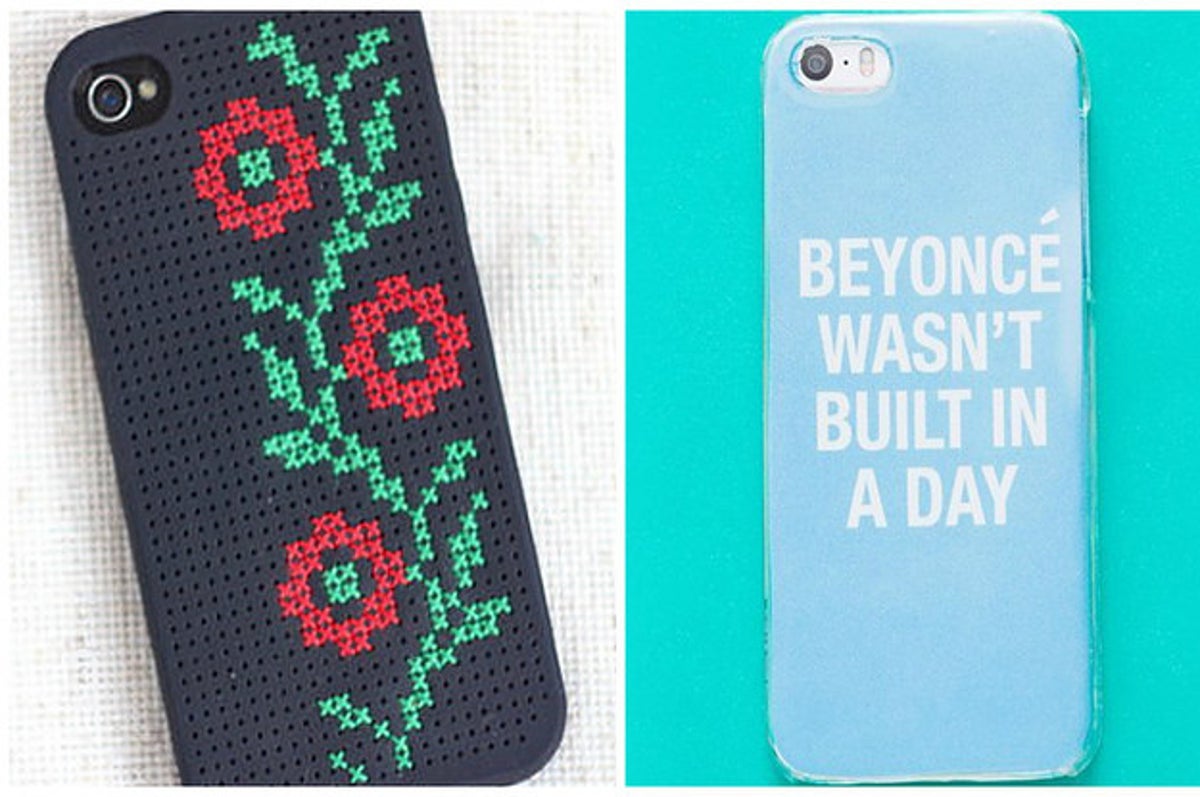
Innovative Materials: 3D Printed Phone Cases
For tech-savvy DIY enthusiasts, 3D printing offers a cutting-edge approach to creating custom phone cases. With a 3D printer and the right materials, you can design and produce intricate phone cases with precision and accuracy.
- Designing in 3D: Use computer-aided design (CAD) software to create a digital model of your phone case, taking into account dimensions, features, and aesthetics. Experiment with different shapes, textures, and patterns to bring your vision to life.
- Printing Process: Once you’ve finalized your design, transfer it to your 3D printer and select the appropriate printing settings. Depending on the complexity of your design and the capabilities of your printer, the printing process may take several hours to complete.
- Post-Processing: After printing, carefully remove the phone case from the printer bed and inspect it for any imperfections or rough edges. Use sandpaper, files, or a heat gun to smooth out any rough areas and refine the finish.
- Customization Options: With 3D printing, the possibilities for customization are virtually endless. Experiment with different materials, colors, and finishing techniques to create phone cases that reflect your unique style and personality.
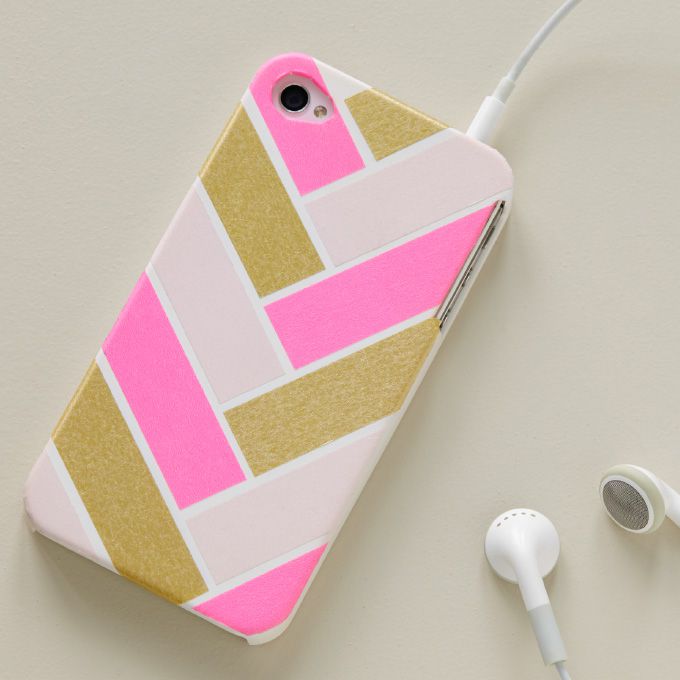
Sustainable Solutions: Upcycled Phone Case Crafts
For environmentally conscious DIY enthusiasts, upcycling offers a sustainable approach to creating custom phone cases using materials that would otherwise end up in landfills.
- Materials Selection: Gather old or unused items such as denim jeans, fabric scraps, vinyl records, or cardboard packaging to use as the base material for your phone case. Look for materials with interesting textures, patterns, or colors to add visual interest.
- Creative Adaptations: Use your creativity to transform these materials into unique phone cases using simple crafting techniques such as cutting, sewing, gluing, or painting. Experiment with different combinations and embellishments to create one-of-a-kind designs.
- Environmental Impact: By upcycling materials, you not only reduce waste but also contribute to environmental conservation efforts. Encourage others to join in the upcycling movement by showcasing your creations and sharing your DIY tips and techniques.
- Personalized Touches: Add personalized touches to your upcycled phone cases, such as embroidered initials, hand-painted designs, or vintage buttons. These small details not only enhance the aesthetic appeal but also make each phone case truly unique and special.
Conclusion: Unleash Your Creativity with DIY Phone Cases
In conclusion, crafting your own homemade phone case is a fun and rewarding way to personalize your device and showcase your creativity. With a wide range of materials, techniques, and embellishments to choose from, the possibilities are endless. Whether you prefer a sleek and minimalist design or a bold and colorful statement piece, DIY phone cases offer a unique opportunity to express your individuality and make your device truly one-of-a-kind. So gather your materials, unleash your imagination, and start crafting your own custom phone case today!



